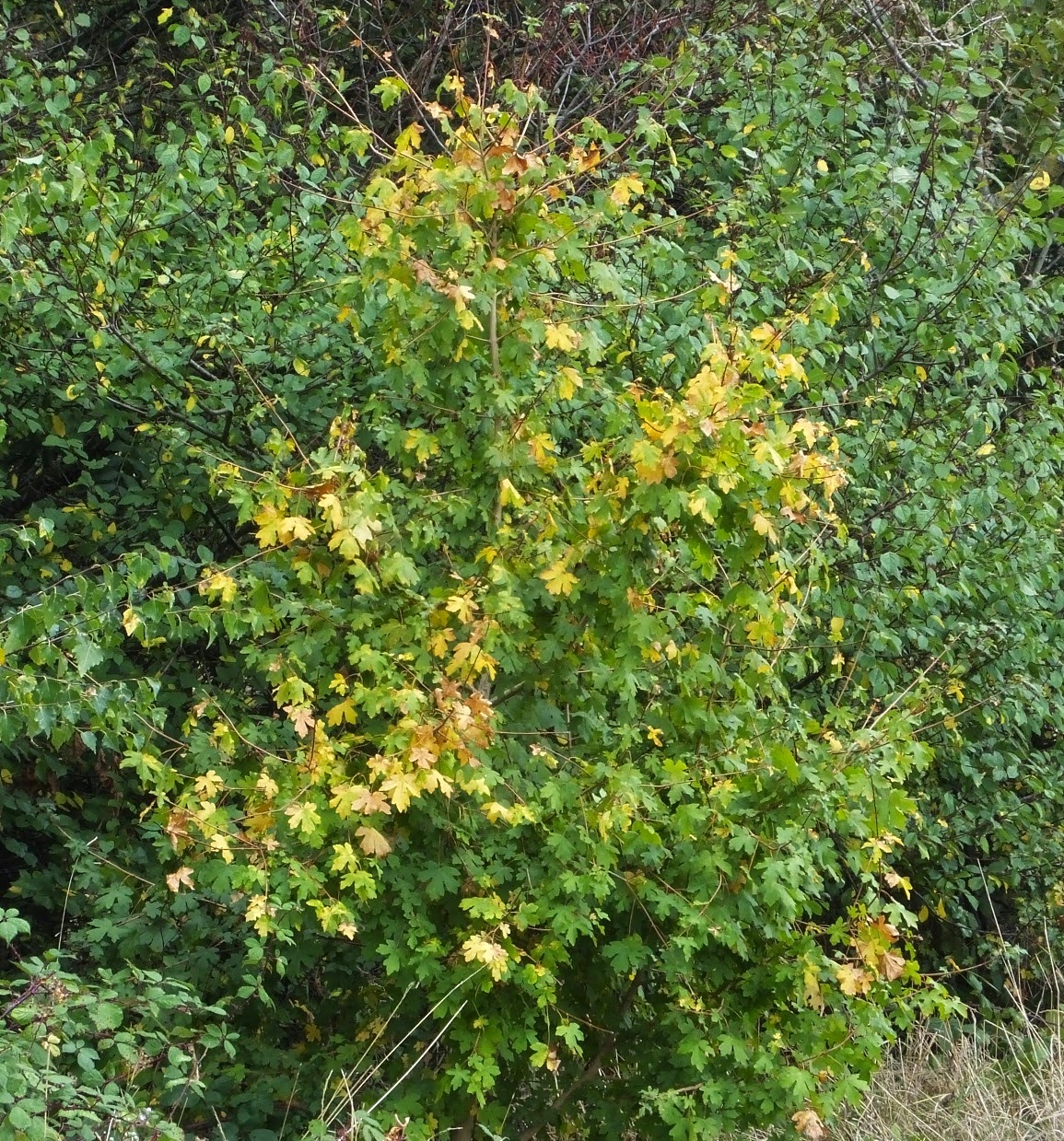The Safari doesn't have a great lot to blab on about today but it does include a couple of items of interest. Yesterday we got out of the Land Rover at work and a Grey Wagtail flew over, perhaps rather oddly we've not seen too many of these here this year, what would we have given for one of the Jays? the sea was flat calm and we were able to get a few minutes out at lunchtime which was good - very good cos just about the first thing we spotted was two Harbour Porpoises rolling very briefly. They surfaced together a couple of times but it was all over very quickly, how do they just melt away in to 'thin air' like that. We could see for miles and not another sniff of them anywhere.
The calm conditions meant we could see just how many Common Scoters were out there. We didn't have time to count them properly but a roughly counted 50 multiplied up across the whole flock gave us a 'total' of about 1000. A Guillemot sat on the water not too far out and a Red Throated Diver buzzed past. The gulls were interesting in something floating which had a bit of a look of dead sea mammal about it. A little further out a live Grey Seal bottled and drifted on the tide.
We had an evening Beaver pack visiting and they gave us the opportunity to get another quick look in before they arrived. No more blubber but a late Sandwich Tern was seen winging south along the tideline.
We had a talk to the Beavers about real Beavers and the hope that they will see one in the wild not too far from here in the not too distant future...they weren't sure about visiting the countryside if there was the chance of bumping into Brown Bears or Wolves though but we did try to reassure them that both are far more dangerous to Beaver scouts in the fairy tales than real life...Beaver scouts are far to noisy to sneak up on either very effectively.
This morning we were able to get a good look at the sea but it was much more chopped up and spotting any Harbour Porpoises would have been extremely difficult. The Common Scoters were impossible to count too but the dead thing was still lurking and was still unidentifiable.
Another late Sandwich Tern came by and we found a Red Throated Diver on the sea when a Guillemot flew past -the 'mirror image' of yesterday! Also out there were a couple of distant Gannets.
Beavering away driving our desk mid morning we heard a familiar sound, the churr of a Wren. OK it's very familiar but certainly not here, a check back at Base Camp revealed our earlier suspicions were correct - it was the first for the year here. (P2 #71). Wrens are scarce here, obviously, but the 'big' two are Blue and Great Tits!
Our lunchtime look didn't give us much but a couple of dog walkers flushed a Redshank and a Ringed Plover. We saw the Redshank land and stood up on the wall to find the Ringed Plover which we didn't but did see another Redshank and a couple of Turnstones. Not a bad mix for the day to keep us scribbling in the notebook today.
In the afternoon we had a mission over at the nature reserve on the way back to Base Camp. What a lovely afternoon to be out n about. As soon as we got out of the Land Rover we heard Long Tailed Tits calling in the hedgerow by our old cabin. Long ago when we first started working at the nature reserve, a tad over 24 years to be accurate, Long Tailed Tits were a seriously rare bird there. Going through the gate we heard the rattling call of a Carrion Crow and soon saw it blitzing after a Sparrowhawk which did a bit of fancy flying and turned the tables giving said crow a bit of a serious scare.
Once we were at the point along the path where you can see the mere all the gulls on the neighbouring caravan site's swimming pool roof got up, scanning the sky we soon picked up a Buzzard soaring over them. Another species we'd have had no chance of seeing there in those early years.
We did what we'd set out to do - all will be revealed in due course - still a bit hush hush but it will be good! - - and along the path on the way back we spied a female Common Darter basking on the Brambles to the side of us. Taking extreme care not to cast our shadow over it as we snuck in for a closer look. Behind us a Cetti's Warbler broke into a short bit of quiet subsong.
Over the other side of the mere we spotted PL lurking furtively probably hoping that the Kingfisher would come in and perch within range of his lens.
Our Extreme Photographer told us he's been out exploring his new local area down in Pembrokeshire and then promptly sent through some beetle pics from his new back garden - almost total concrete!
 |
| Not sure what this one is |
 |
| This one's easier - Devil's Coach Horse |
He's promised some from his travels in due course and we're looking forward to showing you them soon.
Where to next? A change in the weather coming up which might affect something we have planned in a very annoying way but could produce something new on Patch 2.
In the meantime let us know who's on a mission in your outback.

















































